The last time I talked to filmmaker Dianne Whelan, she was sitting down to the herculean task of editing more than 800 hours of footage accrued over a six-year journey that she took across Canada.
The result is the new documentary 500 Days in the Wild, an extraordinary record of an equally amazing journey.
Not to put too fine a point on it, but this country of ours is exceedingly huge. This is a truth that is hammered home every step along Whelan’s 24,000-kilometre journey on the Trans Canada Trail, the longest trail in the world. In addition to cycling, hiking, skiing and snowshoeing, Whelan canoed some of the world’s most unforgiving waterways.
The trail includes more than 8,000 kilometres of lakes and rivers, with gruelling portages in between. In one infamous section called the Path of the Paddle, there was a grand total of 168 portages. Epic doesn’t quite do it justice. Trial or trail, you might ask. Maybe both!
Whelan started her journey in Newfoundland in 2015 with a stated intention. “I am an artist of settler descent. My mother is Acadian with ancestral roots on this land that go back to the 1600s and my father is a Newfoundlander whose ancestors arrived from Ireland in the early 1800s.... On this journey, I wanted to pay my respect to Indigenous people on this land whose ancestors date back thousands of years. I was taught there is no word for forgiveness in the Mi’kmaq language, the literal translation of the word means to make things right. I hope what I have carried in my heart on this journey and the art made from it will be a ripple on those healing waters.”
When Whelan completed her journey on Aug. 1, 2021, she became the first person to travel the land and water trails.
The trip, which she initially thought would take 500 days, ended up taking six years. While Whelan had certainly undertaken challenging projects before, such as filming on Mount Everest and in the High Arctic, nothing quite prepared her for the journey across her own country.
But the things that she most dreaded — meeting scary people or ferocious animals on the trail — turned out to be not only untrue, but in fact the very opposite.
The level of kindness and generosity, not only from friends but from random strangers she met, helped immeasurably. They provided support and succor in many forms. They physically hauled her canoe out of a harrowing stretch, and they reminded her of the sacred nature of the relationship between all beings.
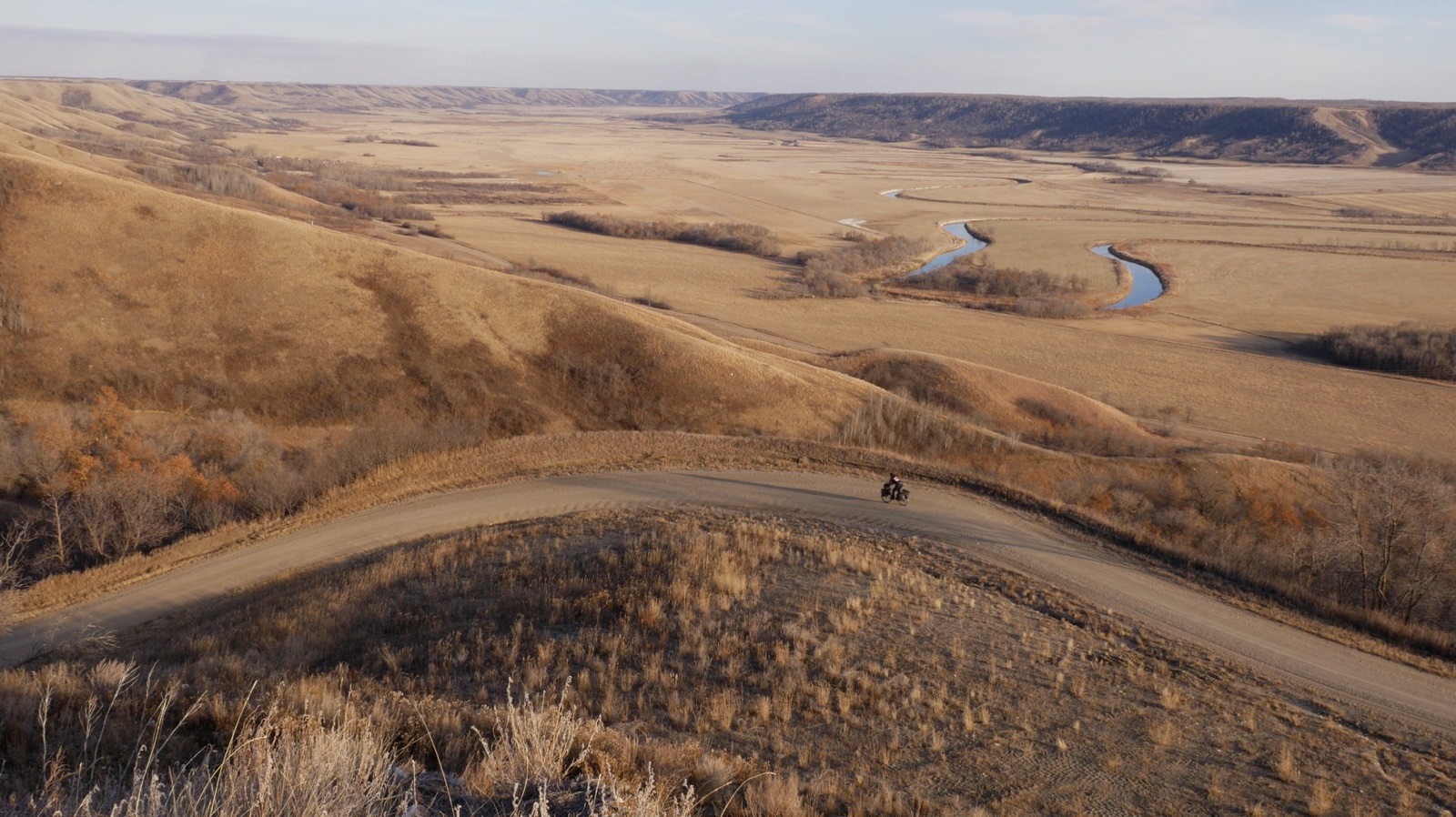
A journey of body and spirit
Before beginning her journey, Whelan travelled to Haida Gwaii to meet with Elder Vern Williams, who gifted her a feather to bring with her. It is a critical reminder of the ancient ways of walking lightly upon the Earth. She carried the feather throughout her trek, a small and fragile symbol of the continuum of life of which we are all a part.
Not only did Whelan have to make the trip largely by herself, but she had to do most of the filming. Which reframes the experience, quite literally. Even the most mundane shot of the filmmaker cycling down a stretch of forested trail meant setting up the camera, filming, breaking it down and continuing on her way.
At the beginning of her trip, she is equally frank about the challenges, both emotional and physical. She is not an extreme athlete but a woman in her 50s coming out of a difficult period with her marriage ending. Almost immediately, she realizes that the schedule she has set for herself, while reasonable in theory, has no bearing on what happens in the actual world. A section of trail that she thinks will take a few days soon stretches into weeks. Whelan realizes that she must junk her schedule, so she does.
From there, the trip is dictated not only by what is happening on the ground and the water, or what the weather is doing, but also by the needs of Whelan’s own body.
As Indigenous Elders explain to her along the way, winter has always been a period of rest, of hunkering down, attending to caretaking tasks like mending and repairs. So, she takes time off when she needs to and returns to the trail when the time is right.
Unbelievable magnificence
Across the different provinces, vistas both grandiose and intimate unfurl. The sheer beauty alone is more than enough for multiple films, but it is almost ridiculous how beautiful this country is. Words are not enough. Even film is barely enough. The vastness, richness and magnificence are unbelievable. Even as I was watching the documentary, I was planning on returning to certain sections, just to have another look or two.
The overwhelming beauty doesn’t take away from the fact that nature will happily kill you if you do not pay attention and exercise due care.
As Whelan explains in the film, the sections of the journey that she most dreads are the long stretches of open-water canoeing. After suffering a near-fatal kayak rollover when she got trapped underneath the vessel, Whelan’s fear of drowning is understandable. But there are other factors as well. It’s easy to forget when you live in a city, where there is always some source of light nearby, just how incredibly dark it gets in the wilderness. Out on the open water, with the wind rising, the only tiny bit of light comes from her headlamp as complete blackness stretches out in every direction.
There are other dangers as well. A composer paddling a canoe named Julien Gauthier was mauled to death by a bear not far from where Whelan and her partner were travelling. It’s another reminder of the implacable and unforgiving nature of the land and water.
But in the midst of all this struggle, enduring coldness, wetness, swarms of black flies and mosquitoes, smaller pleasures emerge. There’s a warm supper offered by two hunters she meets on the trail, followed by plenty of whisky. And a visit from the woman with whom she is in the midst of falling in love.
Part of the journey intersected with the periods of shutdown brought on by the global pandemic. With only her partner Louisa Robinson to bring supplies, the final leg of the trek proves to be one of the most challenging. The enforced solitude that has marked stretches of her trip is now being shared by many people around the world, adding another layer of connection.
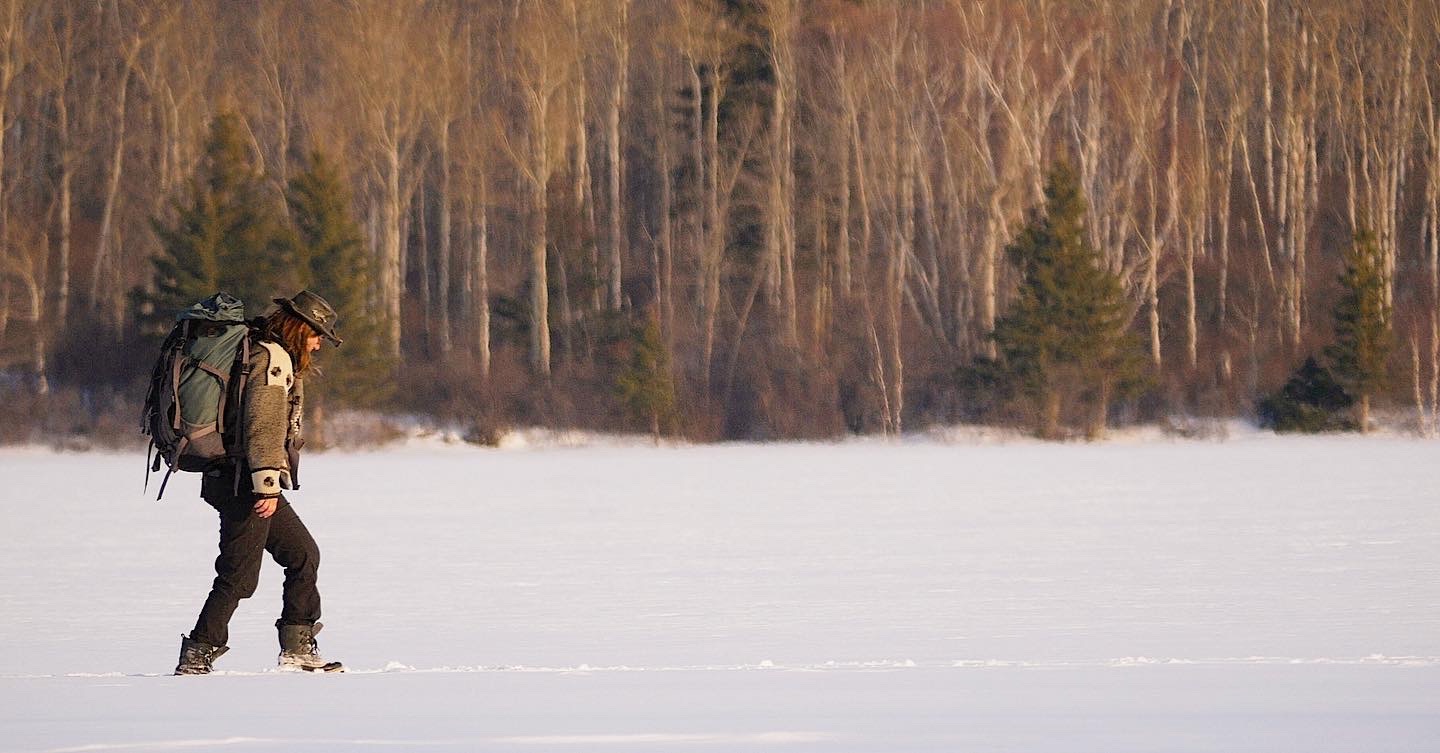
One of the things that most resonated for me in the film is a casual conversation Whelan has with her father, in which he remarks that she’s a little out of the daily news cycle, and she replies that the only news that really matters is what the weather is doing and which way the wind is blowing.
It’s a striking reminder that the rest of the non-human world is still going about the business of existence, unconcerned with U.S. political madness or conspiracy theories about Taylor Swift. Walking away from this ongoing chatter seems like the most reasonable thing to do.
As Whelan says in the film, much of what the media world serves up is the shadow side of humanity. Whatever is darkest and most grim, be it genocide, climate collapse or atrocity, makes the front page, making it seem like darkness is the largest and most important stuff that is happening. But this isn’t true. The amount of goodness and kindness from ordinary people is one of the things that most endures in the film. It shines like a light in the gathering dark. This aspect of the film, along with its monumental beauty, endures.
When Whelan finally lands her canoe on the beach near Victoria and requests permission from the Indigenous people to enter their territory, it’s OK to let it all out and bawl. It has, after all, been a very long road.
‘500 Days in the Wild’ is now showing in major theatres. ![]()
Read more: Travel, Film, Environment




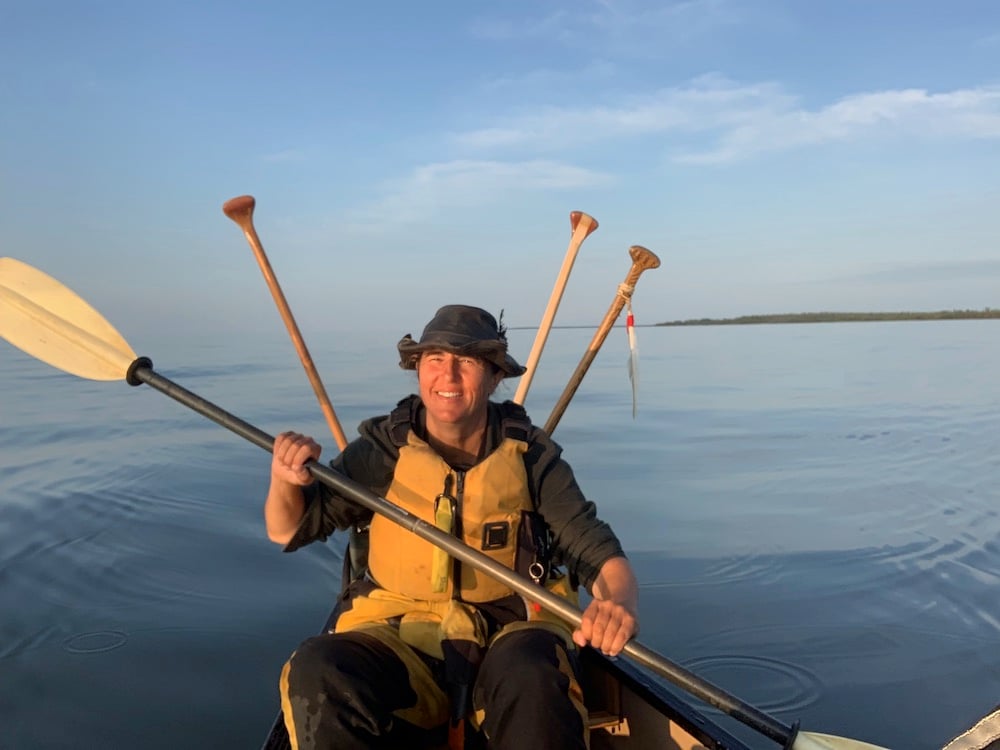


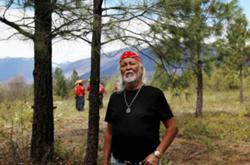

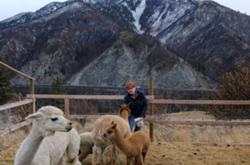







Tyee Commenting Guidelines
Comments that violate guidelines risk being deleted, and violations may result in a temporary or permanent user ban. Maintain the spirit of good conversation to stay in the discussion and be patient with moderators. Comments are reviewed regularly but not in real time.
Do:
Do not: